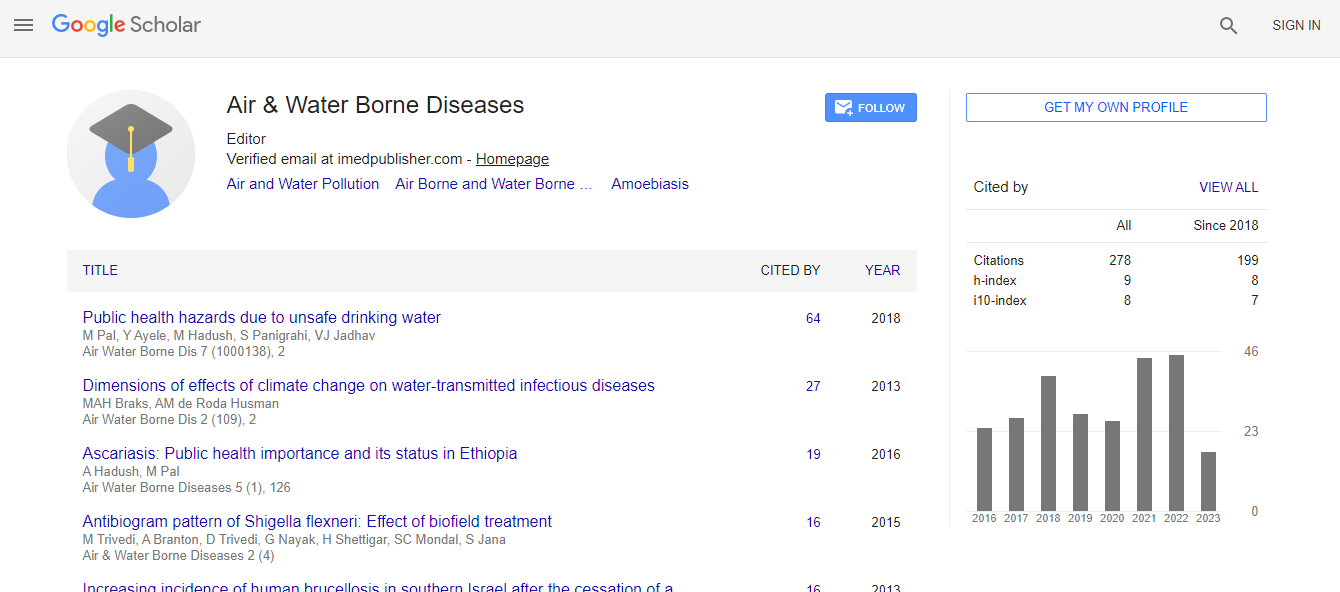World Rare Diseases 2019: The Clinico-Epidemiologic Profile and The Correlation Of Nutrition And Immunization Status With Outcome Of Measles Patients During An Outbreak- Princess Alexandra B- Far Eastern University, Philippines
*Corresponding Author:
Copyright: © 2020 . This is an open-access article distributed under the terms of the Creative Commons Attribution License, which permits unrestricted use, distribution, and reproduction in any medium, provided the original author and source are credited.
Abstract
Measles is a highly contagious disease that often leads to substantial morbidity among pediatric patients especially when not addressed properly. While vaccination has already been implemented in the country, there is still a resurgence of measles outbreak. The study aims to describe the demographic and clinical profile of pediatric patients diagnosed with measles during the recent measles outbreak in a tertiary hospital in Central Luzon, Philippines; and to investigate the relationship of nutrition and measles immunization status with the outcomes of measles infection A ross sectional analytic study, conducted in Tertiary training government hospital situated in Pampanga. Patients included in the study were less than 19 years old, admitted between January to April 2019, and manifested the following criteria for suspected measles: fever, generalized maculopapular rash, cough, coryza, conjunctivitis. A total of 373 patients were included in this study, 60% (224) were males and 40% (149) were females. Majority were under 0-6 months, 40% (149). Most cases came from Pampanga, 333 (89.2%). Three Hundred fifty five (95%) were classified as clinically compatible measles, seven (2%) were laboratory confirmed and all seven had Measles IgM antibodies, while four (1%) were epidemiologically linked cases. Most of the cases manifested the classic symptoms of measles: fever 100%, rashes 99%, cough 96%, colds 84%, conjunctivitis 55% while Koplik’s spots was seen in only 13% of cases. As to exposure, those with exposure (49%) and without exposure (51%) are almost the same. Majority of the patients (285, 76%) had no measles vaccine and the top reason for non-immunization is the issue on the patients being too young for vaccination (9 months and below). Majority had normal nutritional status (72.4%). 312 reported the occurrence of clinical complications in patients with measles. Pneumonia was seen in 75% of cases and 9.3% had diarrhea. The occurrence of diarrhea is not directly correlated (p value 0.823) with the outcome of measles while Pneumonia shows significant correlation (p-value<0.001) with outcomes of measles. Death among patients was seen on cases of with pneumonia. The occurrence of pneumonia is not significantly correlated with nutritional status (p value 0.083) while diarrhea is significantly correlated with nutritional status (p value 0.027). Two hundred forty eight patients with normal nutritional status did not develop diarrhea. Vaccination status shows significant correlation with occurrence of pneumonia (p-value 0.001). Out of the 285 non-vaccinated cases, 223 developed pneumonia. Vaccination status did not show significant correlation with occurrence of diarrhea (p-value 0.946). Nutritional status and vaccination status was not significantly correlated with measles outcome with the following p value of 0.605 and 0.120.In terms of outcome, 90% of the patients were discharged and 10% of the patients died.
A study was carried out to isolate and identify the various species of fungi associated with deteriorated vegetable oils ( Garlic oil, Olive oil and Soya bean oil) sold in Bauchi metropolis, Bauchi state, Nigeria. Samples of deteriorated vegetable oils were collected using random sampling techniques from three open market in Bauchi metropolis. Five samples each of garlic, olive and soya bean oils were collected from each of the three markets. The deteriorated oils were screened for the presence of aflatoxins, ochratoxins and zearalenone. Fungi associated with the deteriorated oils were isolated and characterized for their identification using standard methods. Result of fungal counts from garlic oil, olive oil and soyabean oil were 12.75x10⁵cful/ml, 9.22x10⁵cfu/ml, and 7.38x10⁶cfu/ml, respectively. A total of eight species of fungi were isolated from the three different deteriorated oils. Aspergillus flavus and Fusarium sporotrichioides were found in all the three deteriorated oils. Aspergillus fumigatus and Fusarium verticillioides were isolated from garlic oil and soya bean oil, whereas Aspergillus niger was isolated from olive oil and soya bean oil, respectively. Rhizopus stolonifer was isolated from only olive oil while Fusarium solani was isolated from only soyabean oil. Similarly, Rhodotorula rubra was isolated from only garlic oil. All the eight different fungal isolates were found to have lipases activity. Aspergillus flavus had the highest lipases activity, followed by Aspergillus niger which had diameter zones of clearance of 19.8mm and 18.1mm respectively. This study shows that Aspergillus flavus is the most predominant fungal species in the three deteriorated oils and this was demonstrated by its relatively high lipase activity.
Chronic Kidney Disease (CKD) is one of the emerging worldwide critical health problems encountered in child life. The disease in children is a fatal illness and the infants with advanced renal diseases are at higher risk of death in the first 2 years of life. This case control study aimed to determine the main risk factors of CKD among children in Gaza governorates (GGs). The sample study consisted of 400 child; 200 cases and 200 controls. The participants were selected from those medical files at AlRanteesy hospital while the controls were chosen from the main governmental primary health care centers in each governorate. A questionnaire was constructed and data was collected by the researcher through a face to face interview with the mothers of children. The results of the study showed that the most frequent of exposure were (57%) male, and (43%) female. Other risk factors include lower educational level for mother, child birth weight, small gestational age, child obesity, history of HTN and anemia. The study found that there is no relation between the extensive use of antibiotics and analgesic. However, analgesic drugs use during pregnancy can lead to CKD at childhood, nevertheless it was not associated with antibiotic drugs use

 Spanish
Spanish  Chinese
Chinese  Russian
Russian  German
German  French
French  Japanese
Japanese  Portuguese
Portuguese  Hindi
Hindi 